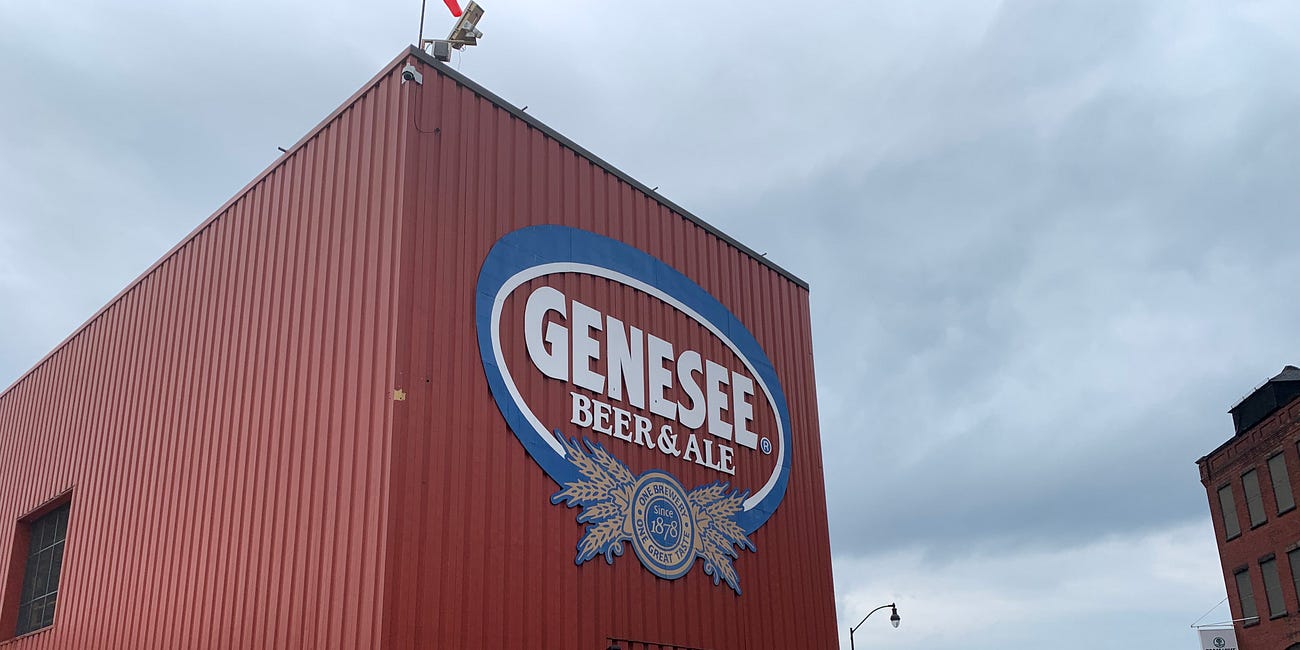New $23 million Genesee Brewery packaging line nearly operational
New packaging line will allow Genny to fill 1,500 12-ounce cans per minute. It is part of the brewery's $50 million modernization project.
A new state-of-the-art $23 million packaging line at the Genesee Brewery should be operational by Dec. 12, brewery officials told me during a recent tour at the St. Paul Street facility.
FIFCO USA, Genesee’s parent company, is currently investing an additional $50 million in the Rochester brewery as part of the second phase of its modernization project. The new packaging line will be capable of filling 1,500 12-ounce cans per minute, a dramatic increase over its current capabilities, and will help the brewery remain competitive in an ever-changing beer market.
This modernization is linked to a $7 million capital grant from the Empire State Development (ESD) agency, which is contingent on the brewery’s commitment to job creation and further investment in the Rochester facility.
Previously, the governor’s office said the state grant is tied to the creation of “up to 57 new jobs” over the next two years, according to a May press release. It will support the retention of more than 500 jobs in Rochester. The grant was offered “to assist with the modernization efforts.” This initial investment announcement came at the same time the brewery said it would shifting some production of Labatt Blue and Blue Light from Canada to the Rochester facility.
This is a crucial move for a brewery with deep historical roots, brewery capital expenditures manager Mark Brandl said. In the last 15 years, $215 has been invested in the facility. (FIFCO bought Genesee and its sister brands in 2012.) Because the brewery is so labyrinthine and serpentine, there is real excitement with this installation. It’ll handle beer, flavored malt beverages, uncarbonated hard teas, and everything in between. Running at full speed, they’ll be able to package 272 barrels of beer per hour.
Photo: Mike Lachut, FIFCO USA plant maintenance manager, shows off the quick changeover capabilities (the machine literally twists to change get a new packaging format) during a recent tour of the brewery’s new packaging line.
“We’re excited, because this is the first packaging line that we have that’s in one building and on one floor,” Genny plant maintenance manager Mike Lachut said. “We’re used to putting stuff where we can find a home. This is the first one that was done, turnkey, start to finish. The workflow is thought out and done without having to worry about space constraints. It’s a Swiss army knife.”
Revitalizing an iconic brand
Founded in 1878, Genesee Brewery is New York's oldest brewery and a staple in the American beer landscape. With its classic Genesee Lager, Genesee Light, and Genesee Cream Ale, the brewery has maintained a strong connection with local consumers. However, like many legacy brands, Genesee faces increasing pressure from newer, more nimble craft breweries and changing consumer preferences. The decision to invest heavily in its Rochester plant and upgrade its operations signals that Genesee is not just resting on its historical laurels—it is actively positioning itself for future growth.
FIFCO USA, which is headquartered in Rochester, is among the 10 largest breweries in the country. Its portfolio includes Genesee, Seagram’s Escapes, Lipton Hard Iced Tea, Labatt USA, Magic Hat, and a few others. In addition to its own brands, Genny does a ton of contract brewing for brands like Narragansett, Mike’s Hard Lemonade, and others.
The $50 million investment in the German-engineered KHS packaging line, along with other facility upgrades, is part of a broader strategy to modernize Genesee’s operations, improve production efficiency, and cater to evolving market demands. This investment builds on previous projects, such as a $50 million overhaul of the brewery's brewhouse, mash filter, and cold block in 2018, and $20 million in upgrades to its flavored malt beverage lineup capabilities. Since 2016, FIFCO USA, the parent company of Genesee Brewery, has committed over $100 million to the St. Paul Street facility alone.

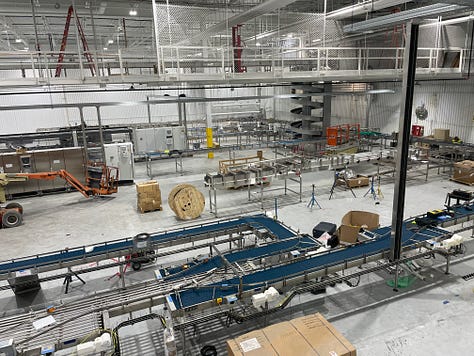
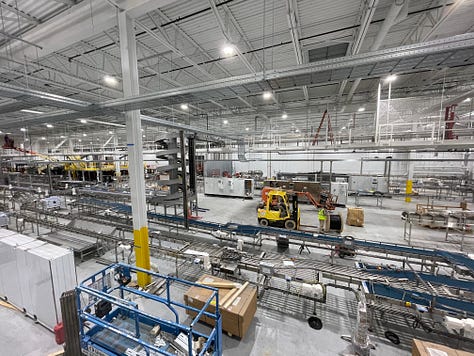

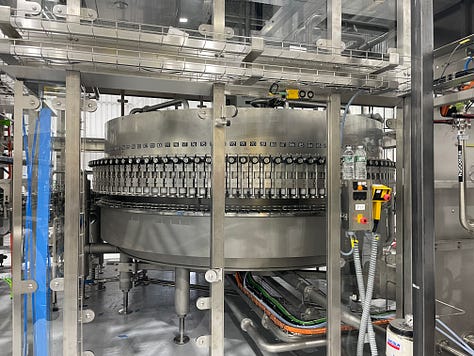
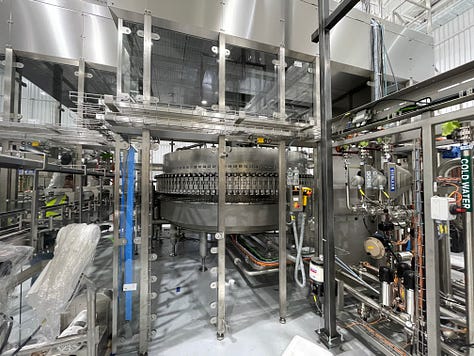
Boosting efficiency and flexibility
Talking to Lachut and Brandl, you can sense the excitement (and also the relief). The initial idea was hatched five years ago. But they’ve been working on this project for the last two years, which includes 10 months of construction and renovation inside the former storage and variety pack line space. Equipment installation began around Labor Day.
The building totals 80,000 square feet with the packaging line occupying 50,000 square feet of that. The floors were torn out and new drainage was added. The entire floor was epoxied. The entire building was painted and new heating and ventilation were installed. Plus, the lighting was upgraded. Basically, the walls are the only thing left from the old building. The brewery outsourced a 600-ton crane to maneuver and move its 12-packer packaging machine from its old home to the new building. (That process was truly a sight to behold.)
“It’s the latest technology,” Lachut said. “It’s all the same era. It’s now piecemealed together, like we’ve had to do in the past. This is turnkey.”
The line starts with a fully automated can de-palletizer and leads through a number of different phases. The cans are “washed” with ionized air to remove any dust or particles The packaging line is shiny, fancy, and impressive. It all leads to a 124-head filler. They run through the flash pasteurizer. Then the cans hit the seamer where lids are attached. They’re then inverted and date coded. And it ultimately maintains the ability to siphon off packaged beers in a number of different directions, allowing employees to package more multiple types at once (say you can package both 30 racks and 12 packs simultaneously). It also eases the packaging of variety packs.
The new packaging line is replacing one that could fill 1,180 12-ounce cans per minute. It represents a significant leap forward in both efficiency and flexibility. Previously, the brewery’s packaging line had limitations in terms of speed and the ability to switch between different can sizes and formats. The new line will not only increase production capacity but also reduce downtime when something breaks or goes wrong, improve operational efficiencies, and allow for faster turnaround on orders. It can handle cans from 7.5 ounces up to 19.2-ounce stovepipes. Those are cans with the same lid size (202, if you really wanna get nerdy). Genny still uses a separate canning line for its 24-ounce cans.
The packaging line’s ability to handle higher volumes with greater precision will directly impact Genesee’s ability to meet demand in a timely manner. The new system will allow Genesee to pivot more easily and experiment with new packaging formats (hello 19.2-ounce stovepipes?!)—whether that means offering limited-edition cans, seasonal designs, or different can sizes.
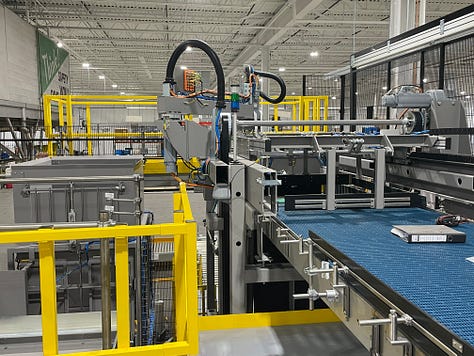
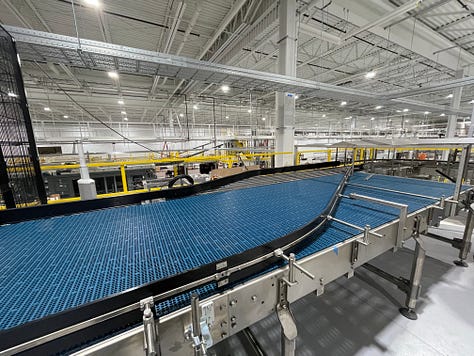
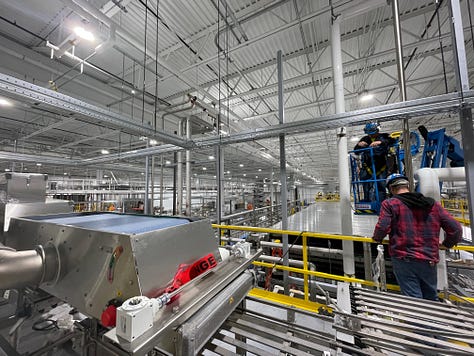
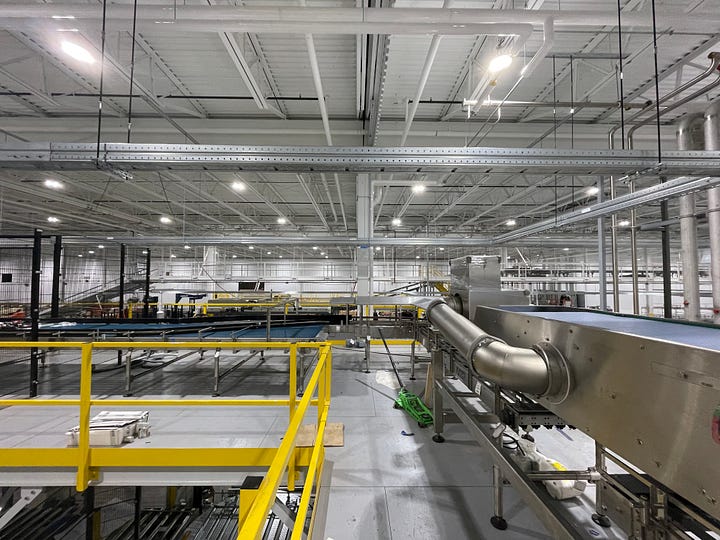

Why consumers should care
While much of the conversation around the new packaging line and facility upgrades centers on production capacity and economic growth, the impact on consumers is also substantial. In today’s beer market, freshness is paramount. The quicker a brewery can package its beer, the less time it spends in the supply chain, which translates to fresher beer when it finally reaches the consumer. The new packaging line allows Genesee to move beer more efficiently, maintaining quality and flavor. The faster turnaround means consumers can enjoy fresher, better-tasting beer, whether they’re buying it from a local retailer or enjoying it at a bar or restaurant.
Moreover, with greater flexibility in packaging, Genesee can offer a wider variety of products to meet diverse consumer preferences. Genesee’s ability to experiment with new offerings and packaging sizes gives consumers more choices while maintaining the consistency and quality they expect from the brewery.
“We’re here to stay and we’re going to be here for a lot longer,” Lachut said when summing up this new round of investment.
“It’s a bright future here,” Brandl added.
A final note: It’s pretty wild to think I’ve been working on this independent publication for over two years now. In that time, I’ve published 200 newsletters, highlighted some of my favorite people in the industry, curated two beers festivals (that featured 150 participants and 4,600 attendees), and continued to break all the biggest news in the region (closures, consolidations, openings, etc.).
The Cleveland Prost remains the preeminent source for regional beer news. If you own a brewery, bar, or beer-adjacent business, this is the best place to reach the nerds you wanna be in front of. So I remain open to sponsorships, advertisements, and sponsored content. Feel free to reach out to me at clevelandprost@gmail.com for more. And more than anything, thanks for all the support. None of this would be possible without the devoted (and thirsty) audience.
Labatt shifting some production to Genesee Brewery amid $50 million investment
Genesee and Labatt USA have been owned by the same parent company since 2009. First under North American Breweries and now under the Costa Rican-based FIFCO.





